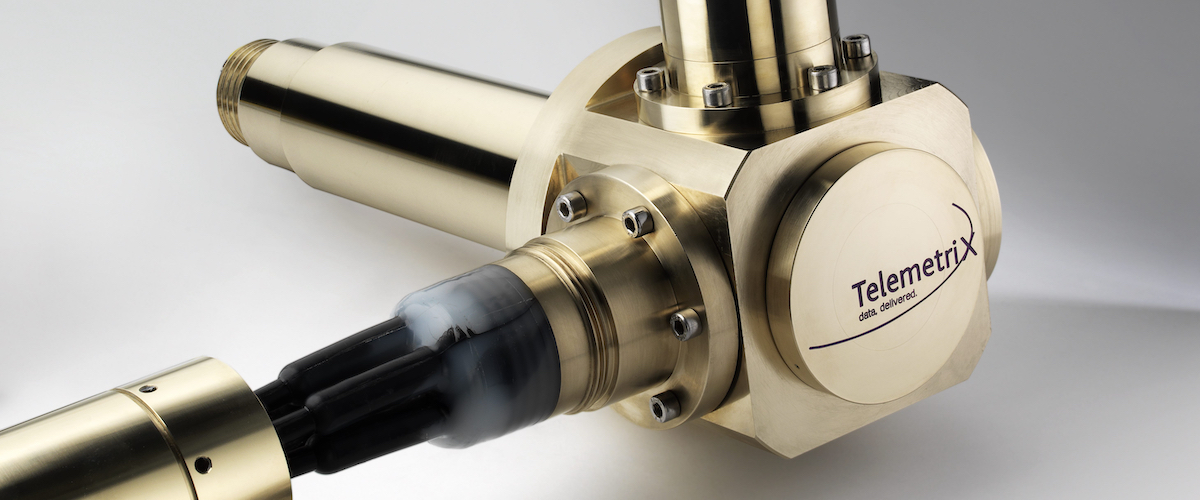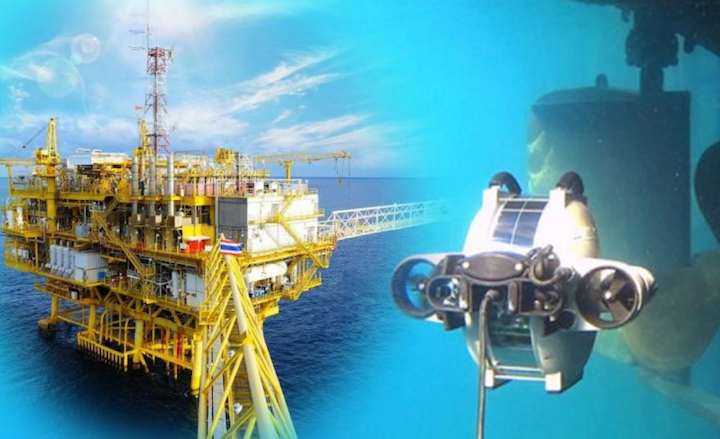The Importance of Material Selection in Subsea Cable Harnesses

Material Selection for Cable Harnesses
Subsea cable jackets are generally made from two groups of materials: thermoplastics and rubbers. The majority of thermoplastic cables have either polyethylene or polyurethane jackets, where granules of the material are melted and extruded to form the cable jacket. Whereas, synthetic rubber cables are often jacketed using polychloropene (Neoprene), which is cured using a vulcanisation process.
Discover the benefits of different materials used for cable harnesses, and the importance of using the correct one for your environment.
Polyethylene, Polythene (PE)
Invented in 1933, PE is a thermoplastic that is only supplied in granular form. It has a unique combination of excellent dielectric characteristics (particularly at high frequencies), high electrical resistivity, low moisture permeation, and low water absorption. Key characteristics include:
- One of the benefits of using PE for thermoplastic cables is that it does not degrade over time. Cable-grade polyethylene is effectively inert in the ocean. Processes such as oxidation, hydrolysis (chemical breakdown in water) and mineralisation are extremely slow with polyethylene jacketed cables having now survived for more than 40 years immersed in sea water.
- PE delivers orders of magnitude better insulation resistance than other materials, and this performance does not degrade at higher operating temperatures. Crucially, PE does not absorb water or moisture over time as other materials do, which is what makes it the only jacket material that can deliver 30+ year sealing performance.
Thermoplastic Polyurethane (TPPU)

Also supplied in granules that are injected and melted to manufacture cable jackets, TPPU is another thermoplastic material. Unlike PE, TPPU offer greater elasticity, meaning it offers different performance. Key characteristics include:
- TPPU is not suitable as an electrical insulation material but has some outstanding properties as a cable sheathing, making it suitable for high performance electrical cables in the most challenging of environments.
- TPPU sheathing is extremely wear-resistant and
mechanically tough – it’s very difficult to cut or tear. It also has excellent ageing resistance against environmental humidity, ozone, UV radiation and microbes whilst offering an excellent barrier to a wide range of chemicals and oils. - This material is anti-kink, making it ideal for flexible and retractable cables.
Polychloroprene
Commonly known as Neoprene, this synthetic rubber is widely used for low cost cable jackets and can be used for O seals. Key characteristics include:
- Neoprene is only suitable for up to five years immersion and has low insulation resistance performance.
- Whilst Neoprene-to-metal bonding technology is widely used and well advanced, it does not possess the dielectric and low water absorption properties of polyethylene.
- The oils used in the manufacture of rubber material can be attacked by subsea microbes and we have witnessed rapid degradation in operational performance, especially when operating in warm sea conditions. Neoprene should never be used for O seals due to its poor long-term performance in sea water.
Epoxy Resin
Another thermosetting material is epoxy, which is also supplied in two fluid parts that when
mixed and cured offer advantages over thermoset
polyurethanes in stiffness and ability to withstand
temperature. Key characteristics include:
- Epoxy resins offer good bonding to metallic and technical plastics, exhibit good mechanical strength, stiffness and resistance to sea water. They are widely used to water block connectors and glands but in general do not bond well to wire insulation or cable jackets.
- If resins are used externally to seal to a cable jacket, the stiffness of the resin and the hydrostatic pressure on bonded joints results in high peel stresses, a very undesirable state as it increases the probability of delamination.
Dual Jackets: The Best of Both Worlds
So it’s clear that material choice is critical when it comes to the effectiveness and durability of cable harnesses in hostile environments, with advantages and disadvantages of each material depending on the application.
One further option to consider comes in the form of a dual jacket, combining the superior electrical insulation and unparalleled long term insulation resistance in sea water of Polyethene with the wear resistance of thermoplastic Polyurethane. However, this combination is only effective if the jackets are independently sealed and water blocked, something that is achieved with SMI’s PlastEthUrm technology. PlastEthUrm mouldings utilise two jacket materials, PE as the inner jacket and TPPU as the outer jacket, and both jackets are separately terminated using thermoplastic pressure moulding processes. Each different material amalgamates with its own jacket and chemically bonds to the connector or penetrator back shell to provide superior cable performance. PlatEthUrm mouldings come with a 10 year warranty against leaks.
For further information on the role of material choice, quality control and manufacturing processes in subsea cable failure download the whitepaper Breaking the Cycle of Submarine Cable Failures